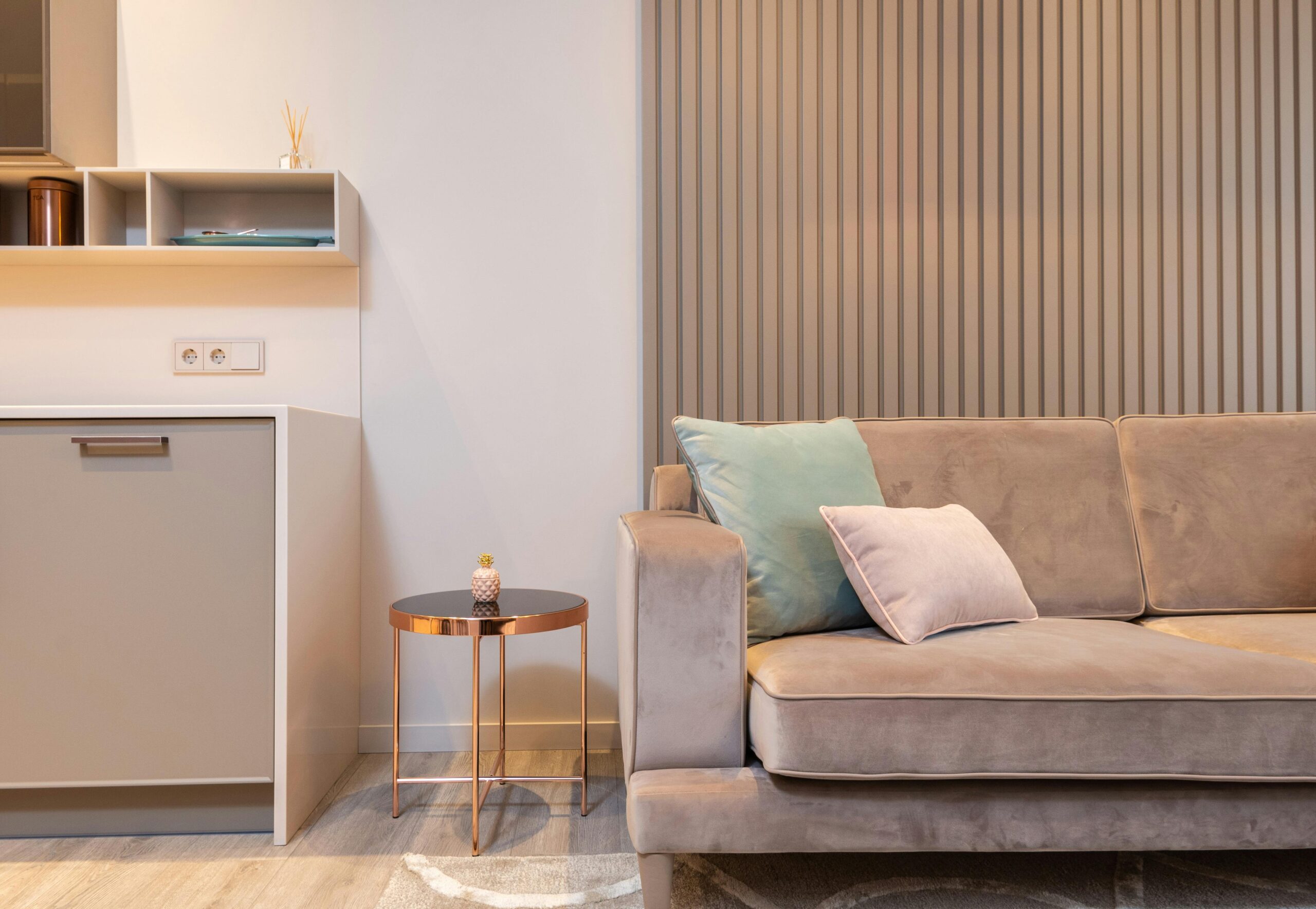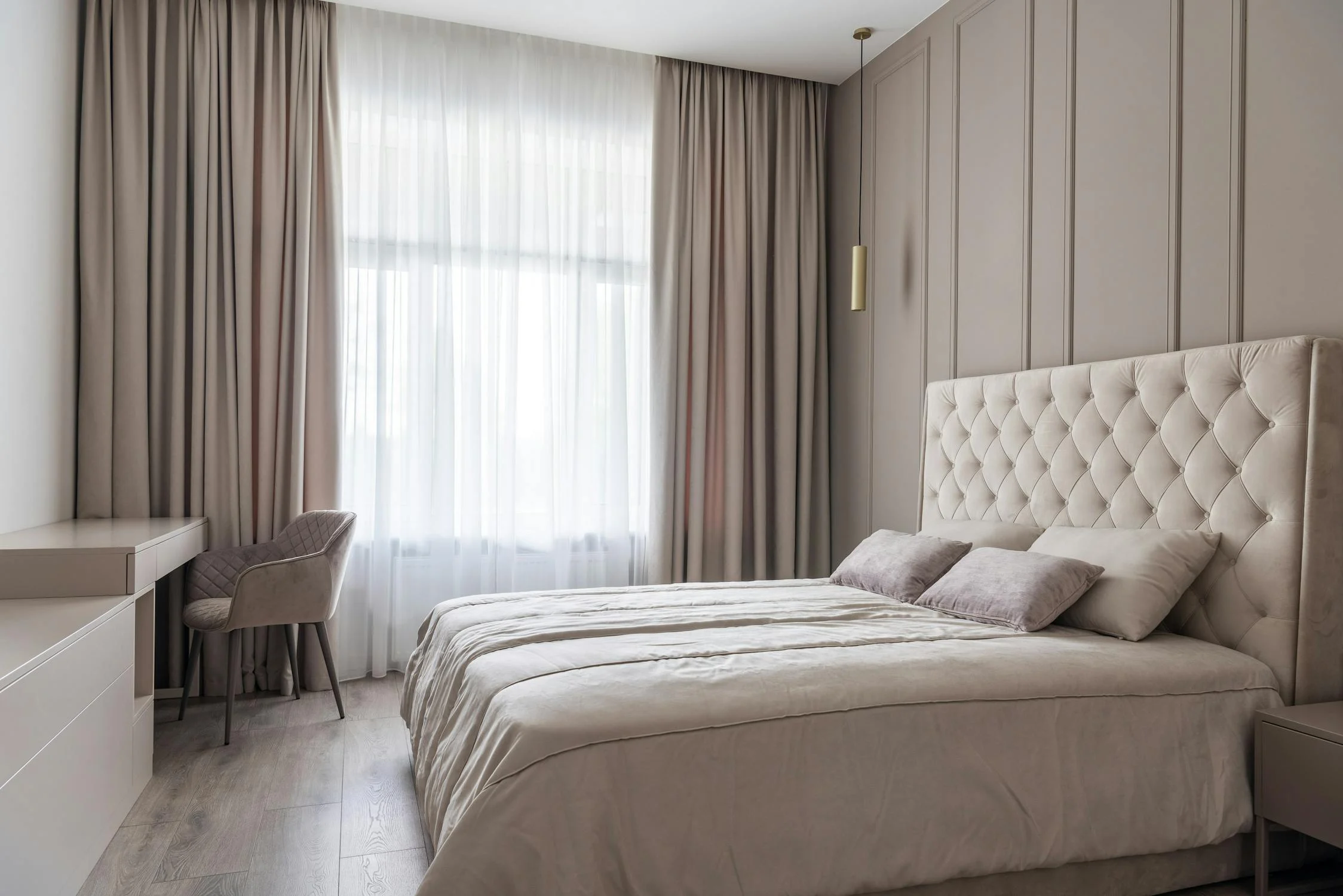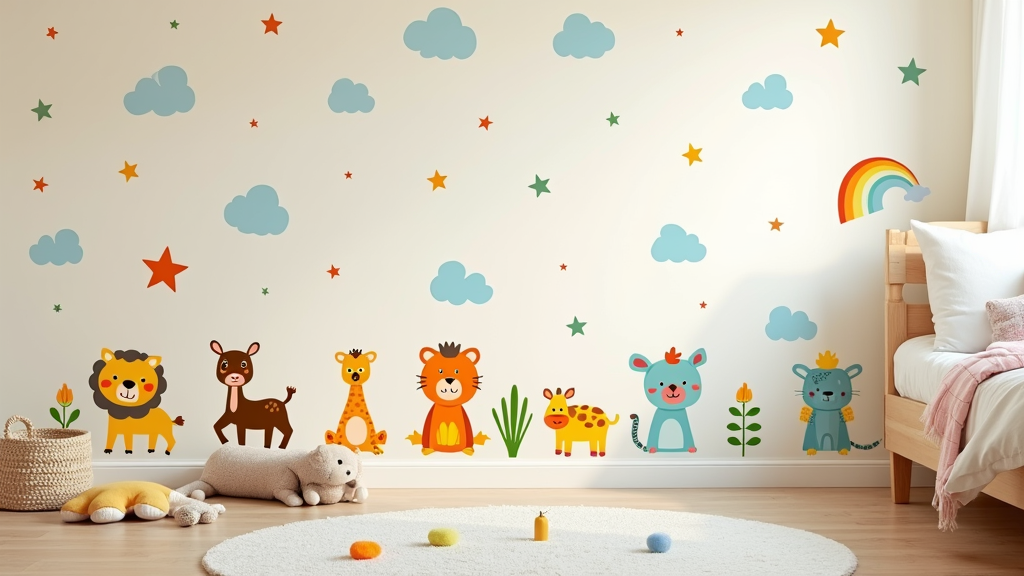Spending time with your kids creating a fairy garden is a pretty special experience. It’s not only about crafting an enchanting little world, but also about sharing laughter, team spirit, and letting your children’s creativity shine. You definitely don’t need a sprawling backyard; these magical minigardens even fit on window sills, patios, or a small spot in your living room.
Why Fairy Gardens Fit Anywhere and Everyone
The idea of a fairy garden is all about imagination. There aren’t strict rules or size requirements. Whether your space is a balcony railing, a sunny patch near your steps, or a recycled flowerpot, you can create something vibrant and unique. I’ve made a fairy garden with my niece from a simple shoebox and a few stones found on a nature walk. It was just as magical for her as any grand setup would be. This flexibility is one of the reasons fairy gardens have become so popular among families looking to spend creative time together indoors or outdoors. Plus, it’s a hobby that keeps shifting and growing as your child’s interests change.
The Confidence and Creativity Boost
Handing over the creative reins to your child helps them feel seen and builds confidence. When I let kids choose their fairy garden’s theme or pick out which pebbles become “stepping stones,” I see their eyes light up with pride. It’s a little world led by their ideas, where curiosity grows and creativity flows. If their fairy house is purple and roofed with leaves, that’s perfect. It’s about them having ownership, and making decisions that make them happy. Not only does this activity give a boost to creativity, but it’s also a chance to practice problem solving and decision-making in a relaxed way. Every time they adjust the layout or try out new decorations, they are learning by doing—and having a great time.
What You’ll Need: Fairy Garden Supplies List
Gathering supplies for a fairy garden is half the fun. You don’t have to spend a lot; a mix of garden shop finds and upcycled bits works well. Here are some basics I usually recommend:
- Container or Base: A shallow flowerpot, large bowl, wooden box, or tray (even a recycled takeout container can do the trick)
- Potting Soil: For real plants, grab some basic potting soil. For no-plant setups, pebbles or craft sand work.
- Moss or Small Plants: Ferns, succulents, Irish moss, or any small greenery you like
- Stones and Pebbles: For paths, rivers, or fairy gathering spots
- Miniatures: Fairy houses (bought or homemade), mini fences, tiny benches, or popsicle stick bridges
- Fairy Figures or Animals: Little fairy dolls, plastic critters, or homemade pipecleaner fairies
- Natural Extras: Pinecones, bark, acorns, twigs, and flower petals
- Decorations: Colored glass beads, shells, small pots, or painted rocks
- Optional Crafts: Paint, airdry clay, small craft gems, or glitter
Many of these things you can find around the house, outdoors, or at a local pound shop. Searching for supplies can be part of the adventure; take a nature walk and bring a small basket to collect interesting finds—feathers, nuts, or pebbles each tell their own story.
Step-by-Step: How To Make a Fairy Garden with Children

- Pick a Home
Choose the garden’s “home” first. This could be a clay dish, a wooden crate, or even a repurposed cake pan. - Prep the Base
Add a layer of small pebbles or gravel at the bottom for drainage (if you’ll be watering real plants). Top with soil up to two-thirds full. For indoor or nonplant fairy gardens, craft sand or moss works great. - Let Kids Plan the Layout
Have them imagine where the fairy house goes. Should it be tucked under a “tree” (small plant), or out in the open? Sketching on a piece of paper helps if they like to plan ahead. - Create the Landscape
Plant your small greenery or mossy patches first, serving as the “fields” or “forests.” Place pebbles for paths, blue stones for ponds, or twigs as bridges. - Add Fairy Furniture
Move on to adding fairy houses, chairs, fences, or an archway made from bendy twigs. Kids love using glue to stick down decorations. - Bring in Fairies and Animals
Let them set up small fairy dolls, snails, or woodland animals around the space. This is usually when the storytelling begins! - Add Final Touches
Scatter glass gems, shells, or paint some tiny signs. A sprinkle of glitter can become fairy dust, and a little “welcome” sign adds charm.
A big part of this project is letting your children take their time, try out ideas, and change things as they go. It’s about the process, not the perfection. Try not to rush or fix things for them—sometimes their twists on the garden design are what make it truly memorable. Maybe your little one will want to switch up the theme for Halloween or add dinosaurs in the spring. That’s part of the magic, watching their imagination set the tone.
Choosing the Best Base for a Child’s Fairy Garden
Almost anything that holds soil or craft materials can be a base. I keep old casserole dishes and big tin cans around for garden crafts. Plastic plant saucers make great shallow fairy garden beds and are lightweight. For outdoor fairy gardens, flowerpots or sections of garden beds work. Indoor projects are safe in sturdy trays, while a baking dish or plastic bin is easy for little hands to carry around. Choosing a base that matches your living situation can also help. If you’re short on space, see if your child likes building one inside a small planter or even a large mug. For multi-child households, try making a double-wide base so everyone gets a section to design their own fairy corner.
Are There Rules for a Fairy Garden?
The best fairy gardens are the ones that break the “rules.” If you’re wondering what matters, here’s what I’ve found super helpful:
- Let them Choose: If they want a dinosaur in the fairy world, great! Mixing toys and nature makes the garden feel personal.
- Safe Materials: Sharp rocks, wire, or breakable glass should be avoided for small kids. Use nontoxic glue and washable paint.
- Keep Watering Simple: Use hardy plants and explain when and how to water. A spray bottle is easier for kids than a cup.
- Supervise Craft Steps: Help with glue guns, scissors, or anything fiddly, but let them take the lead with design.
- Keep Size Manageable: A compact garden is easier to move and keep tidy. Small spaces bring out creative ideas.
Fairy gardens naturally change as your child’s interests change. There’s no need for perfection. What really makes these gardens shine is the story behind every choice. A pebble is never just a pebble after a child’s imagination runs wild. Sometimes, a seashell can even be a fairy bathtub or a tiny slide, depending on the day’s inspiration.
Fairy Garden Inspiration: Fun Themes and Seasonal Ideas
If you’re looking for ideas to kick things off, try seasonal or storybook themes. We once created a winter fairy garden in a recycled salad bowl, using cotton balls for snow and tiny sleds made from popsicle sticks. Fairy tea parties, beach escapes with little sails, or butterfly “hotels” with colorful stones can all spice up the design. Swap in new decorations for each holiday, or challenge your child to make up a story for their tiny fairy friends. Try a pirate-themed garden, or make a fairy playground with mini swings. The possibilities really are endless, especially as your child’s interests change over time. You can even build an ongoing fairy village, adding a new section each month as a fun family project.
Tips for Growing a Fairy Garden Over Time
- Rotate Plants: Switch in easy to grow options like succulents, thyme, or small ferns as the seasons change. If your plants aren’t thriving, it’s fine to swap them out and try new ones so the garden always looks fresh.
- Weather Protection: If your garden is outdoors, keep breakable decorations inside when it rains heavily.
- Expand Piece by Piece: Add new decorations each birthday, or after every nature walk to keep the magic fresh. Extra accessories found during hikes or trips can become new features for your fairy village.
- Encourage Storytelling: Let the children invent fairy tales about their garden, adding bits to match their new stories. This can become an after-dinner tradition or weekly activity to look forward to. They might come up with characters, names for their fairies, or adventures that play out in the tiny landscape they made.
With the right mix of freedom, simple materials, encouragement, and a little patience, building a fairy garden with your child becomes more than a simple craft. It’s a space for making memories, sharing new ideas, and nurturing a love for the outdoors or creative play. Seeing them proudly show off their tiny world is pretty rewarding and keeps that spark of curiosity glowing for a long time. Plus, it gives you both an excuse to spend more time together, digging into the details and celebrating every new addition to their enchanting scene.
Frequently Asked Questions
Question: What’s the best way to keep a fairy garden tidy and fresh?
Answer: Lightly water real plants, keep the garden out of harsh weather if it’s portable, and let your child rearrange or clean as needed. Replacing wilted plants and dusting decorations keeps things lively. Encourage kids to help “refresh” the garden each season by removing spent flowers and adding new treasures from walks outside.
Question: How do I keep a fairy garden interesting for an older child?
Answer: Ask them to create more elaborate structures or write stories about their fairies. Try adding a journaling notebook alongside the garden so they can draw, jot down ideas, or plan new features. You can also suggest friendly competitions—see who can make the most creative fairy accessory from recycled materials, or invent a new fairy-themed holiday for your garden to celebrate together.
Question: Can a fairy garden be all indoors?
Answer: Absolutely! Plenty of people keep tiny fairy worlds on bookshelves or tables using only moss, craft accessories, and fairy toys, skipping live plants altogether for easy upkeep. If you prefer, substitute silk plants or felt greenery, and focus on decorating with pebbles, sand, and small figurines. This way, your garden always looks tidy and fun, even if you don’t have much sunlight indoors.





